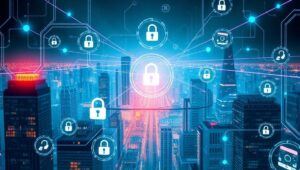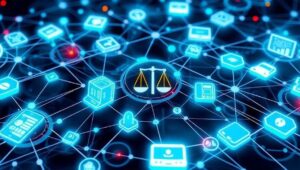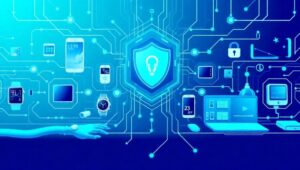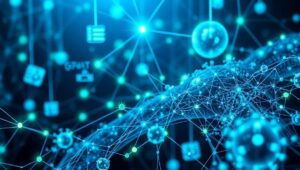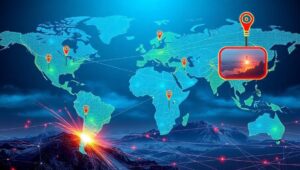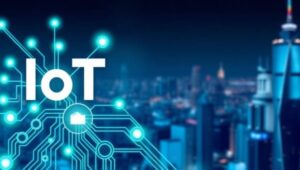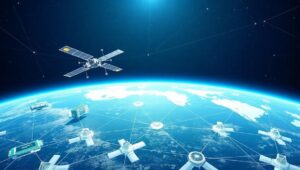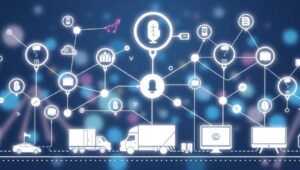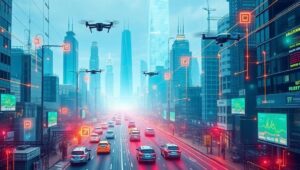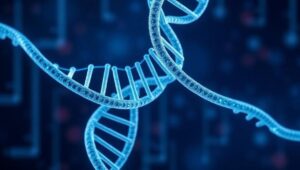May 31, 2025
The Future of IoT Operating Systems (RTOS and Beyond – 2025)
The Future of IoT Operating Systems (RTOS and Beyond – 2025) The Internet of Things (IoT) is rapidly transforming industries, connecting billions of devices and generating massive amounts of data. At the heart of these devices lie operating systems (OS), which manage hardware resources, provide essential services, and enable application execution. As the IoT landscape evolves, so too must the operating systems that power it. This post explores the future of IoT operating systems, focusing on Real-Time Operating Systems (RTOS) and the emerging trends shaping the IoT ecosystem in 2025 and beyond. The Role of RTOS in IoT RTOS have
